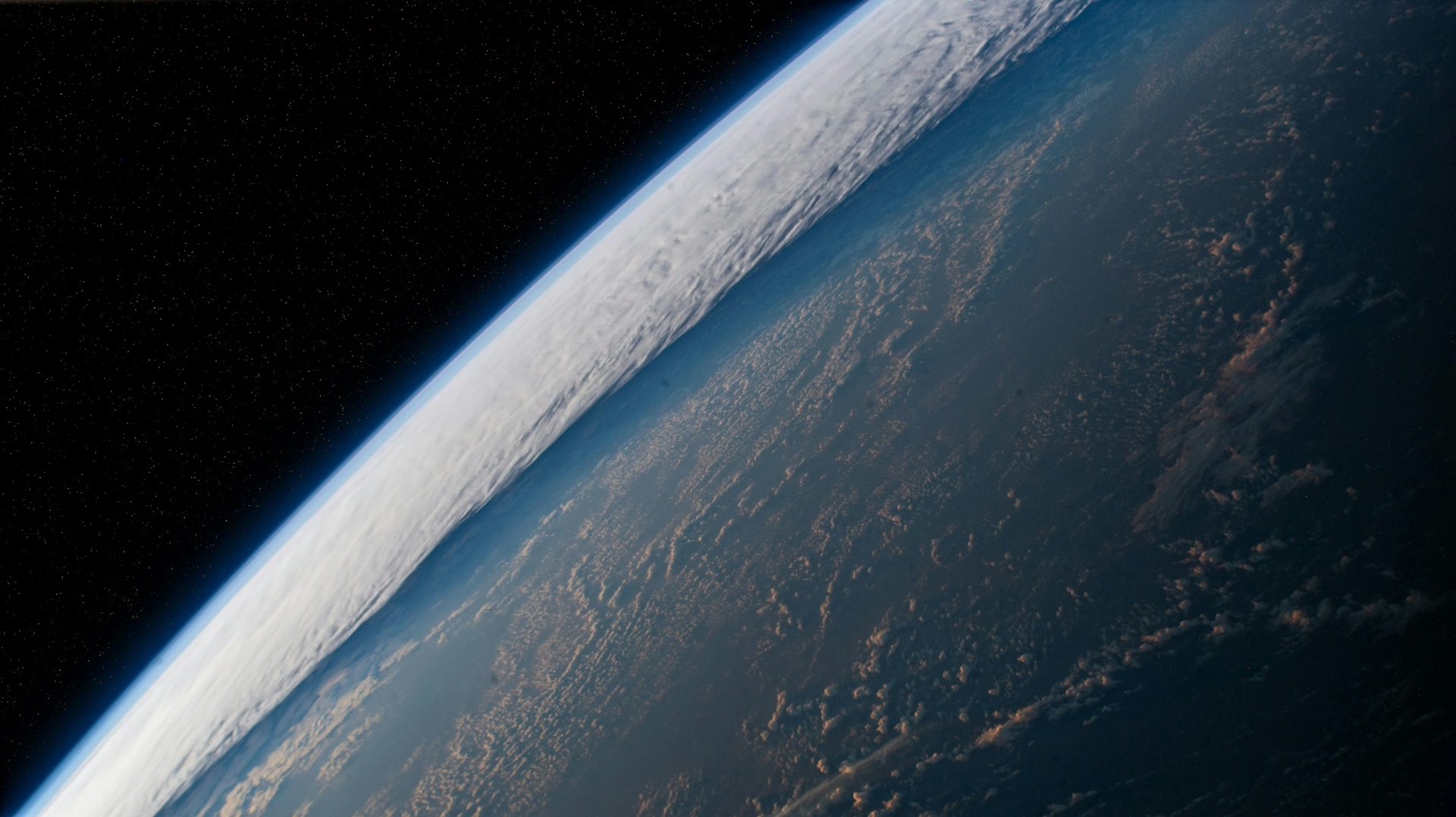
Earth must have experienced something exceptional 10 million years ago. A strange increase in the radioactive isotope beryllium-10 was found in rock samples from the floor of the Pacific Ocean.

The ongoing swarm of earthquakes near Santorini continues to baffle scientists.
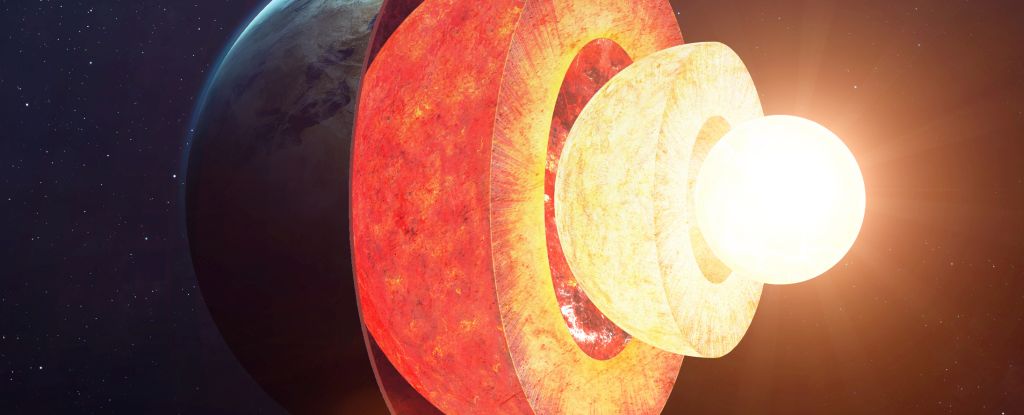
The internal, infernal machinations of our planet may be way more complex than we suspected.

Physicists have now discovered two types of sensors in animals that can detect magnetic fields close to the quantum limit, information that could improve our own design of magnetometer devices.
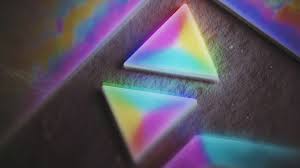
A new class of magnetism called altermagnetism has been imaged for the first time in a new study. The findings could lead to the development of new magnetic memory devices with the potential to increase operation speeds.

A paradox at the heart of quantum physics has been tested in an extraordinary fashion, pushing the boundaries of human intuition beyond breaking point by measuring a pulse of light in 37 dimensions.
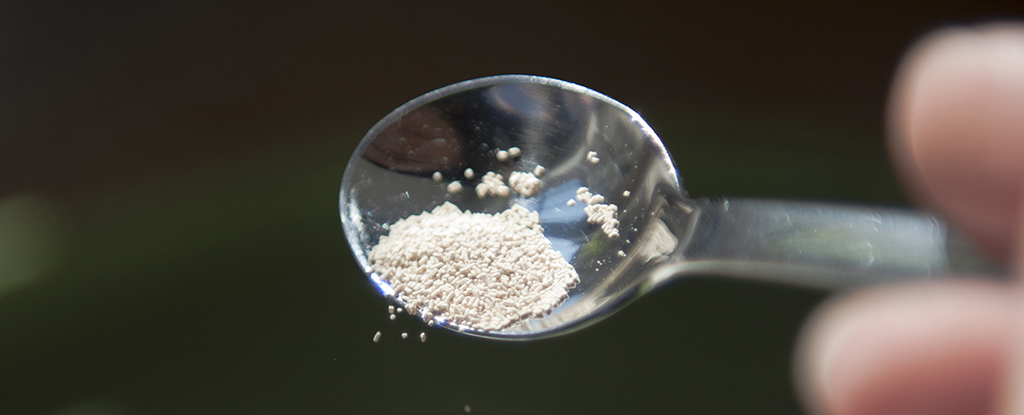
After more than a decade of work, researchers have reached a major milestone in their efforts to re-engineer life in the lab, putting together the final chromosome in a synthetic yeast (Saccharomyces cerevisiae) genome.
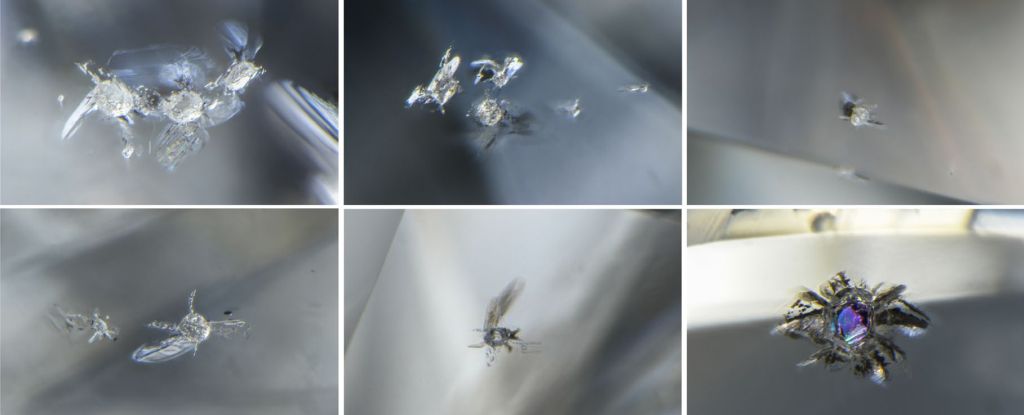
Deep below the surface of our world, far beyond our feeble reach, enigmatic processes grind and roil.
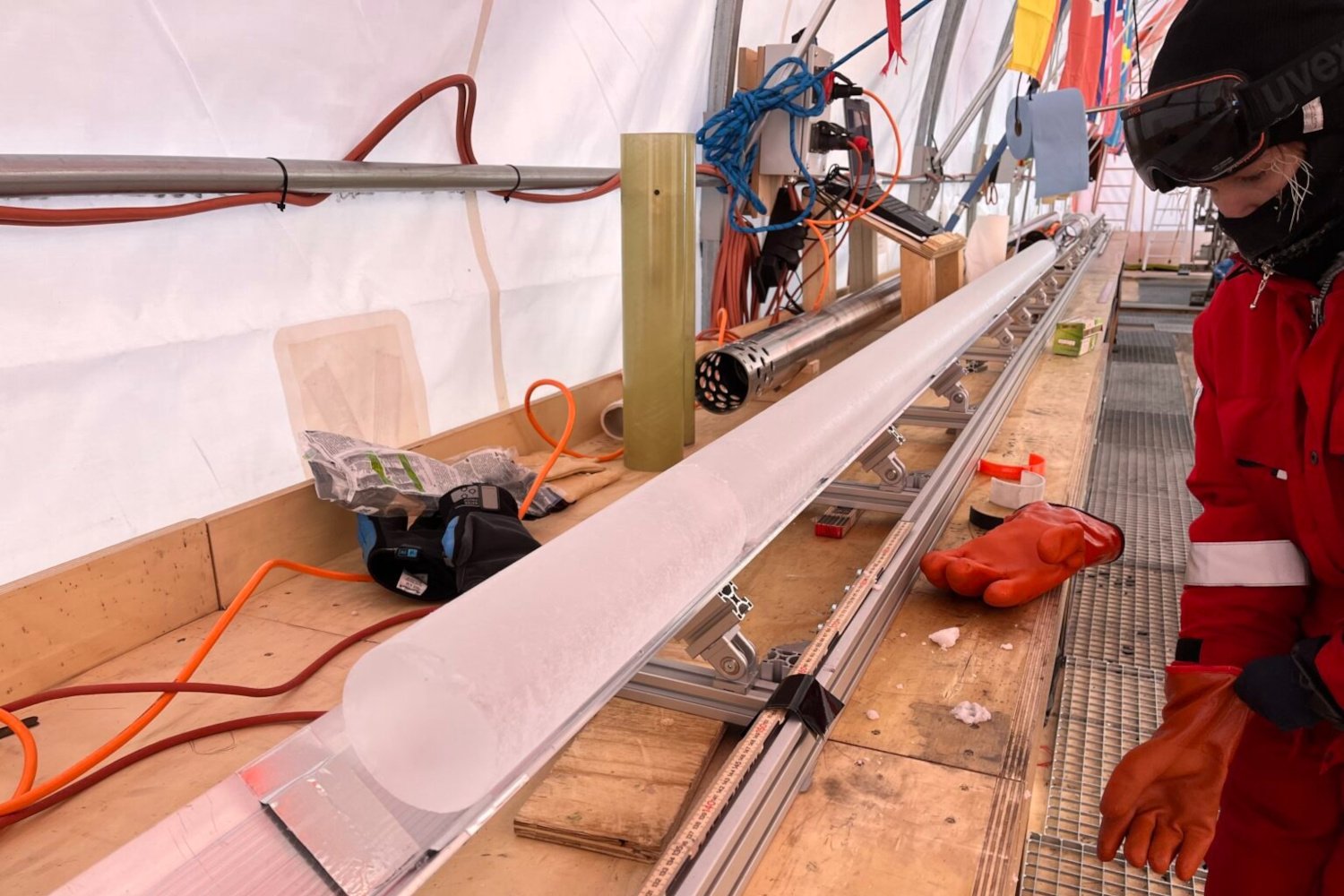
An international team of scientists has extracted a 2.8 kilometers long ice core in Antarctica, hitting the frozen continent’s bedrock. The core represents a chronological register of Earth’s climate and atmosphere
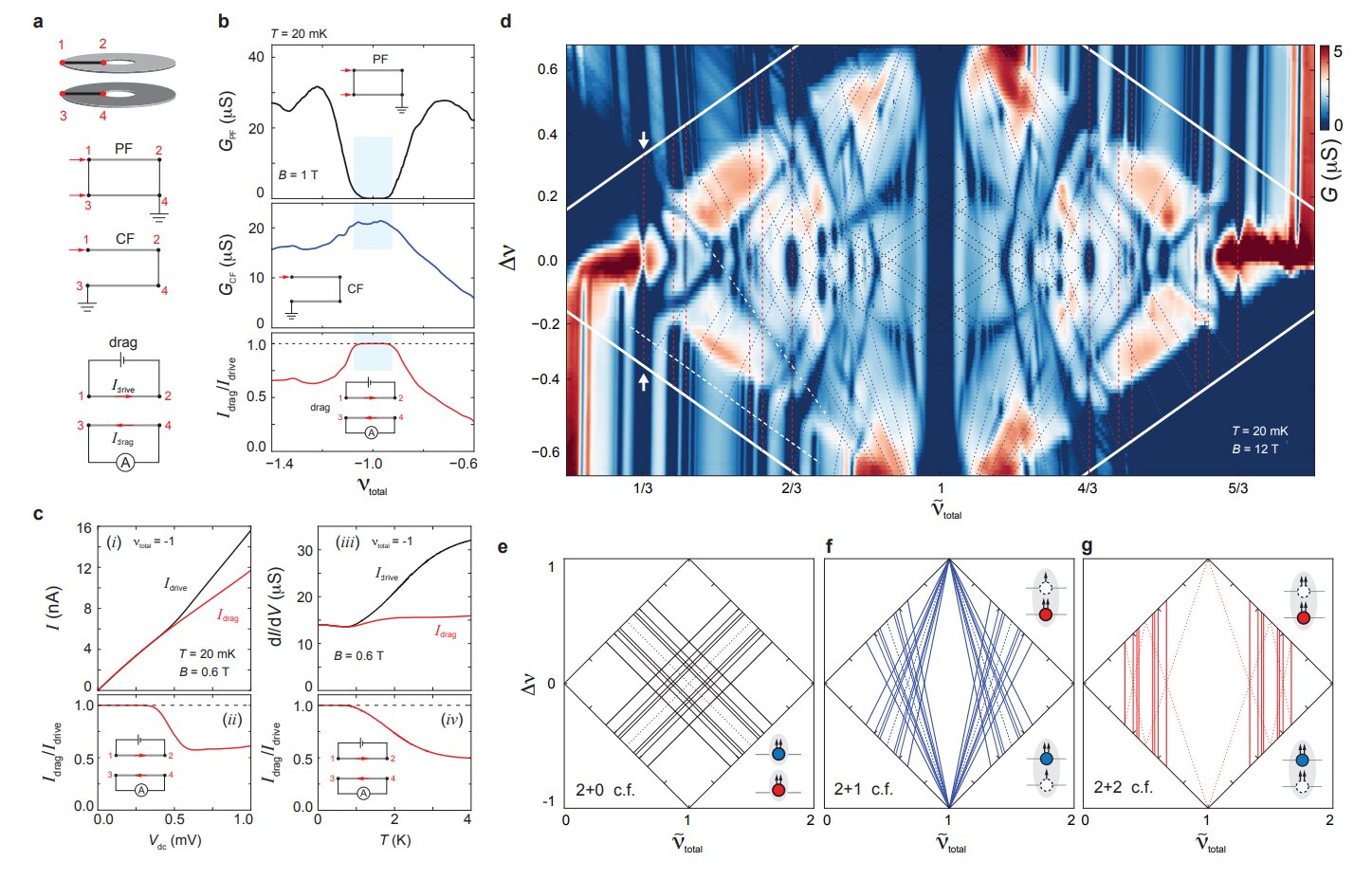
In a new study, physicists at Brown University have now observed a novel class of quantum particles called fractional excitons
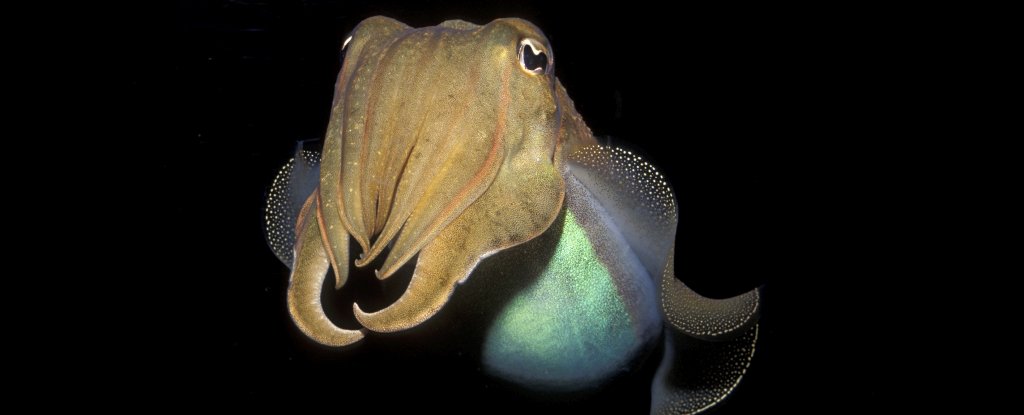
Back in 2021, a test of cephalopod smarts reinforced how important it is for us humans to not underestimate animal intelligence.
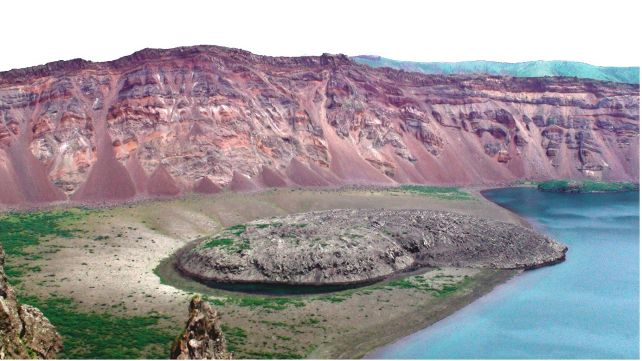
In 1831, somewhere on Earth's surface a massive volcano opened wide its jaws and belched forth so much ash and smoke that the skies dimmed, cooling the Northern Hemisphere.
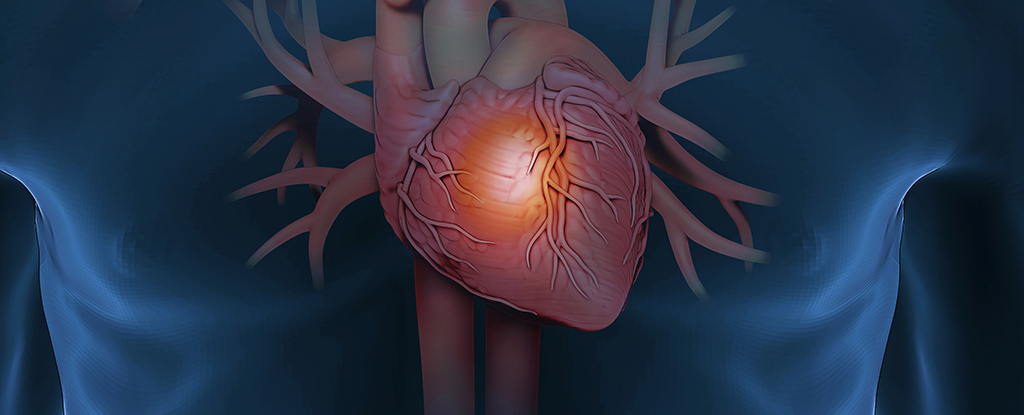
The right therapy can dramatically boost the self-healing capabilities of the human heart after heart failure, a new study has found - giving the vital organ regenerative powers even beyond those of a healthy heart.

However, some of the most extreme Tees are linked to psychedelic substances, such as LSD or ayahuasca.
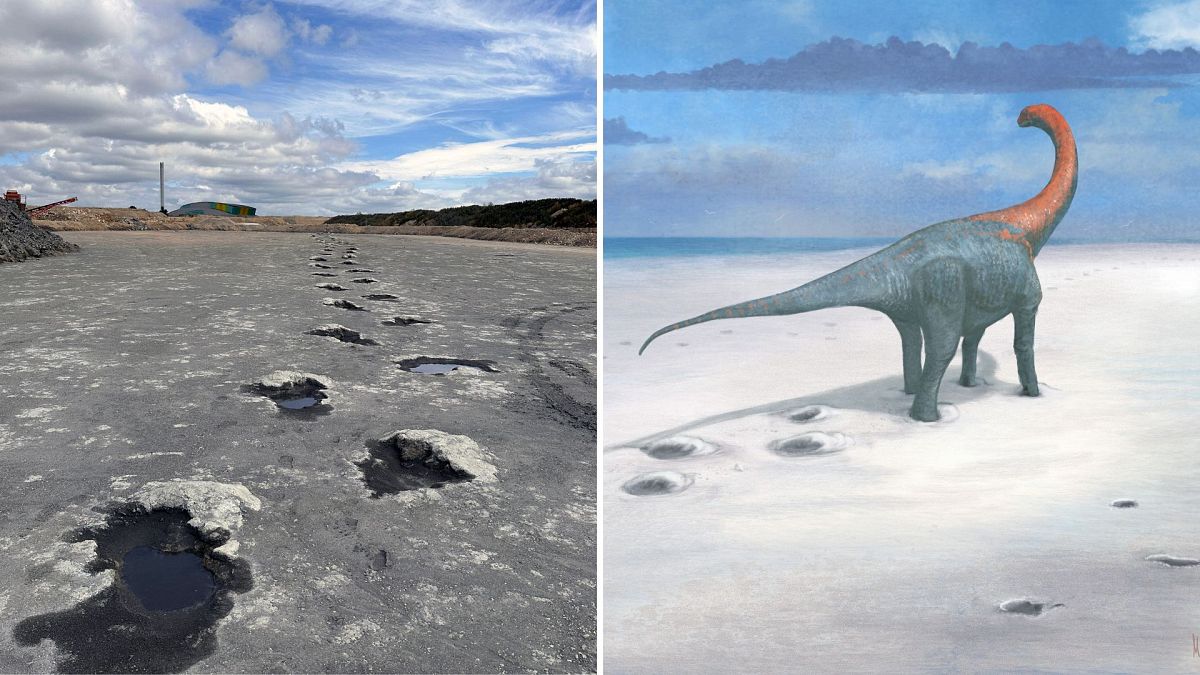
The UK’s largest dinosaur trackway has been uncovered in a quarry in Oxfordshire, revealing a fascinating glimpse into the Jurassic past.